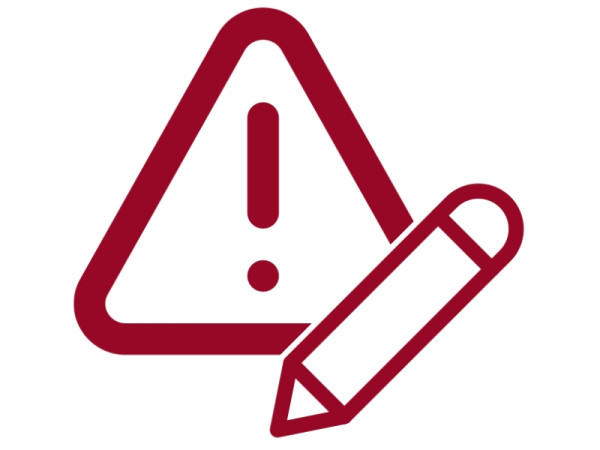Famous case : Helen Keller, famous for overcoming deafness and blindness, was accused of plagiarism in 1891 after writing a story entitled The Frost King. The work bore a strong resemblance to Margaret Canby's The Frost Fairies, published in 1873. Keller explained that she had probably heard the story as a child without consciously remembering it, a possible case of cryptomnesia. Although unintentional, this incident left a deep impression on Keller and made her very cautious in her future work.
Avoiding global plagiarism with Compilatio antiplagiarism software
Compilatio offers anti-plagiarism software for different needs. Whether you're a student, teacher or writer, your work needs to be original. To avoid unintentional plagiarism, Compilatio offers tailor-made solutions to detect similarities in your documents and help you maintain the integrity of your writing. The software compares your content with a vast database of academic articles, online publications and other resources.








